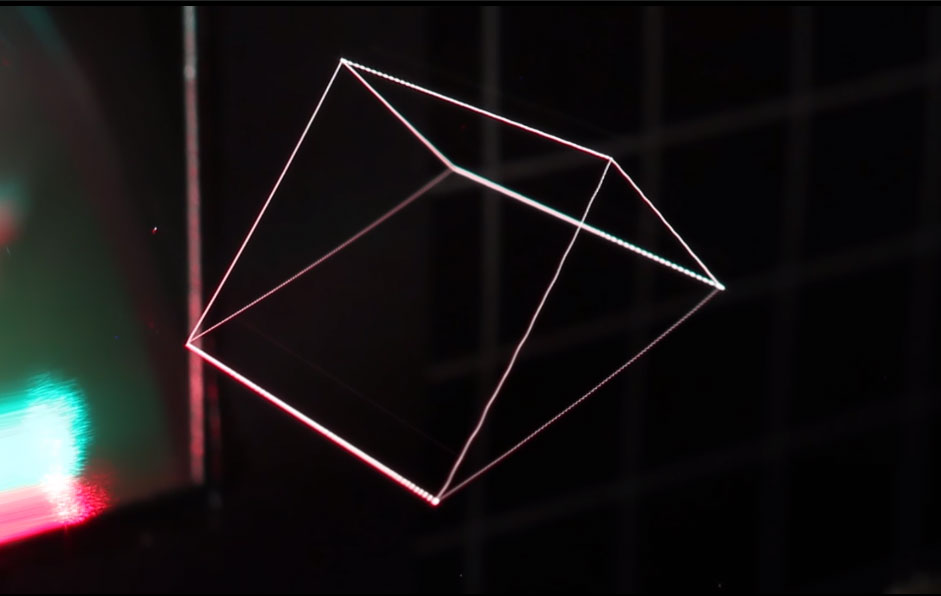Forget holographic images, we want a 3D volumetric display
Check out this 3D moving image that's technically not a hologram.

Hollywood has been depicting holographic technology for a long time now, perhaps most famously in Star Wars when R2-D2 delivers a message to Princess Leia. What you saw in that moment, however, is not something that a hologram can achieve—it more closely resembles a 3D volumetric image, and researchers at Brigham Young University are hoping to advance that kind of technology.
There is an important distinction between a hologram and a 3D volumetric image. The latter can be seen from the front, back, and virtually every angle, whereas a hologram can only be seen from a certain range of angles.
Daniel Smalley, a newly minted assistant professor at BYU, is working with a team of physicists to create moving 3D light images that viewers can see no matter where they are standing. In a paper submitted to Nature, he and his team liken the technique to a high-speed Etch-a-Sketch—near-invisible laser beams trap a single particle of a plant fiber called cellulose and heat it unevenly. A second set of lasers then project visible light onto the particle, keeping it illuminated as it moves through space.
In the early going, the images created are rather small, measuring just a few millimeters across. This has been enough to depict a moving sprial line drawing and a static outline of a butterfly.
It's a promising technology, with the latest system already capable of creating images up to 1,600 dots per inch, which is higher resolution than a conventional computer monitor. However, the researchers will need to push the envelope and find ways to speed up the movement of particles in order to create realistic pictures with larger and complex moving images.
"If we make as much progress in the next four years as we made in the last, I think we will be successful making a display of useful size," Smalley says.
Our mind spins at how this could be applied to gaming, though at least initially, it seems the focus will be used in the medical field for advanced procedures. Aviation is another potential field, as this could provide air traffic controllers with more accurate and intuitive maps of how planes are moving.
Keep up to date with the most important stories and the best deals, as picked by the PC Gamer team.
Cool stuff, and you can check out a short video on the topic below.
Paul has been playing PC games and raking his knuckles on computer hardware since the Commodore 64. He does not have any tattoos, but thinks it would be cool to get one that reads LOAD"*",8,1. In his off time, he rides motorcycles and wrestles alligators (only one of those is true).



